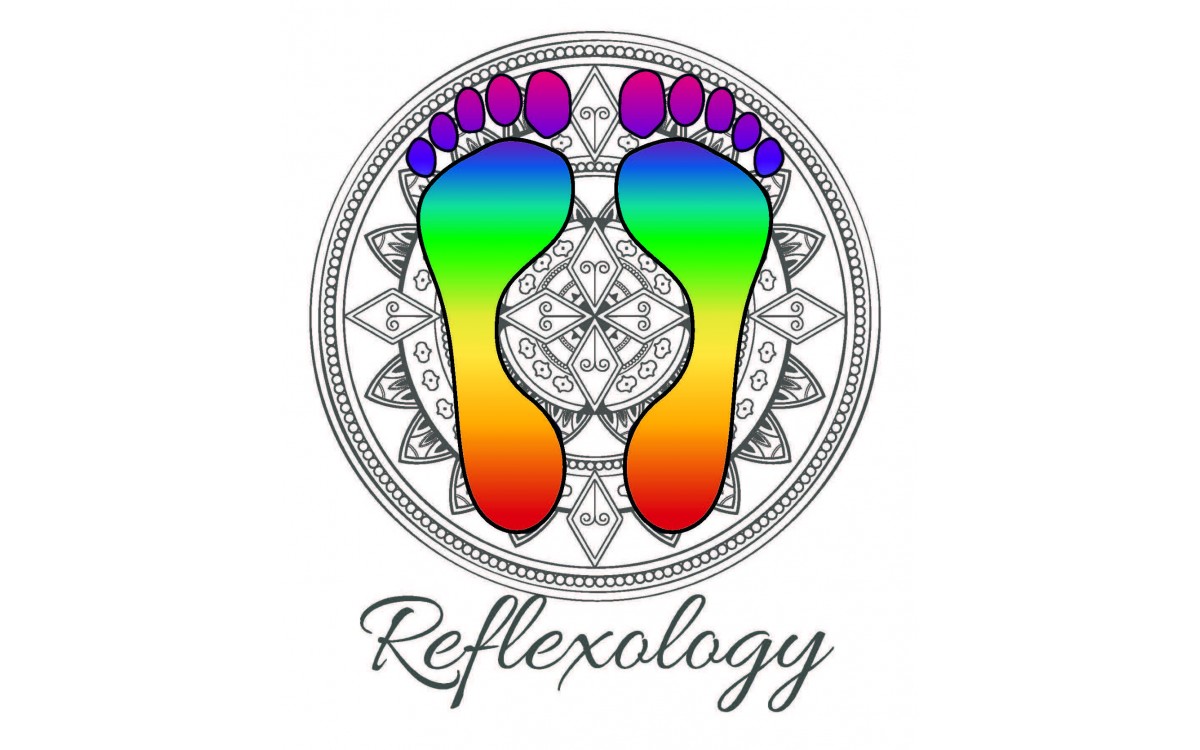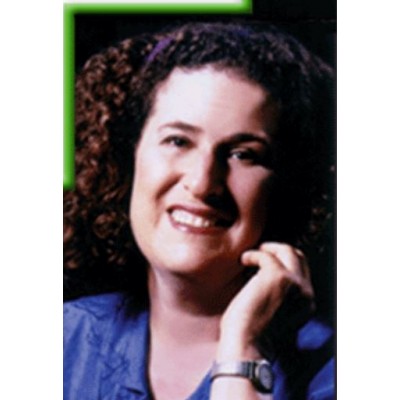When first approaching
the idea of reflexology you may believe it to be the creation of the New Age
movement, firmly situated within our modern world as an invention of it.
However, this does not appear to be the case. Reflexology in its broadest sense
was first recorded by the Ancient Egyptians in hieroglyphs painted on the walls
of Ankmahor’s Tomb in 2330 BC. Ankmahor was a physician at the time and
although we can’t pin down exactly how his form of reflexology worked we do
know it resembled other forms of reflexology in that it dealt with the hands
and feet.
Ancient Egyptians may have spread the practice
of reflexology (through the Roman Empire) to quite a wide range of geographical
locations and cultures but there’s no solid proof they invented the practice.
If anything it seems it may have been invented and reinvented by several
cultures across the globe who probably weren’t in contact with each other. For
instance, in 1000 BC the Chinese began their own written tradition of
reflexology in a chapter of the Yellow Emperor's Classic of Internal Medicine.
The chapter was titled “Examining the Foot Method,” and this is the first
instance we can point to where there is mention of the points of the feet being
connected to the life force.
Although the practice remained popular in China,
and parts of what was once the Roman Empire, it didn’t gain notoriety in the
more Northern provinces of Europe until famed explorer Marco Polo translated a
Chinese text into Italian sometime in the 1300s, where it again spread like
wildfire over another large swath of area and cultures. By 1582 the practice
was known well enough to be included in the medical texts of Dr. Adamus
and Dr. A'tatis. They however were calling it Zone Therapy, which although
related eventually evolved into a distinct practice over time.
In the United States, Reflexology remained a
hidden skill kept by several indigenous tribes of Native Americans. Their
traditions were completely oral so there’s no way of knowing how far they go
back or if they were at all related to the practices seen in Ancient Egypt or
Ancient China. Still, historians and
anthropologists didn’t take any real note of it and it wasn’t until 1917 when
it caught on in the colonized parts of the United States. This is when Dr.
William H. Fitzgerald started to use it to ease the pain of surgery patients.
He’s sometimes called the Father of Reflexology but really he was just one
person in a long line of personalities to hone the general belief into a more
concise practice. He made reflexology into a system, using ten vertical zones
to correlate to various parts of the body. It’s not completely clear where he
got his ideas but it may have been when he was studying abroad in Vienna. He
popularized his own system by publishing a book titled Zone Therapy or Relieving Pain in the Home (later retitled: Zone Therapy or Curing Pain and Disease)
Dr. Shelby Riley later added horizontal points to this charting and reflexology
as we know it today came into existence. He was however not alone in his efforts
as he was helped immensely by a physiotherapist by the name of Eunice Ingham
who painstakingly charted an even more detailed map of corresponding glands and
internal organs. She spent the remaining forty years of her life spreading the
word in any way she could, including many lectures and two books, Stories the Feet Can Tell and Stories the Feet Have Told.
Currently the practice continues to evolve and
turn into several distinct systems and processes. In 1957 Dr. Paul Nogier even
added to the known foot and hand chart, claiming the ears also had sensitive
pressure points. Not everyone agrees with this and you’ll still find variations
of these two different ideas. In our
modern world it seems as if reflexology isn’t going anywhere and will probably
happily continue to become something even greater and more complex than before
as it helps people heal, reduce stress, and ease pain along the way.
-Theophanes Avery
homesteading blogger of Tales from the Birdello
author of New England travel blog Catching Marbles




